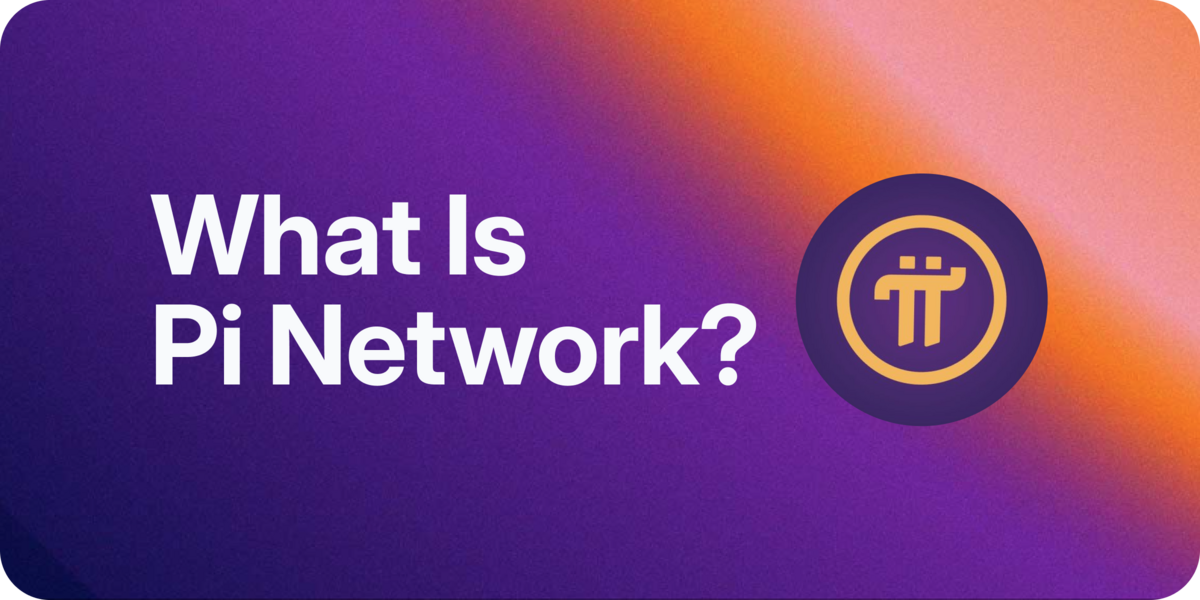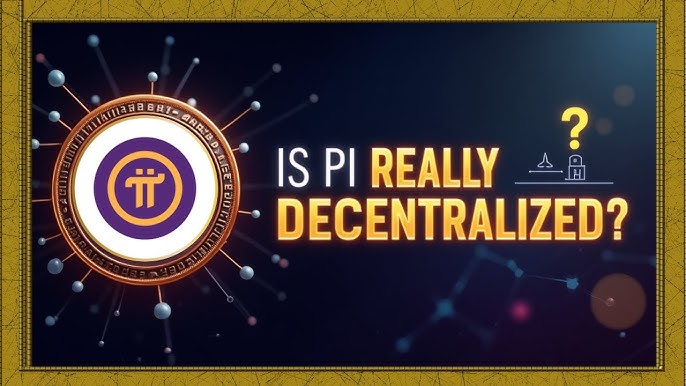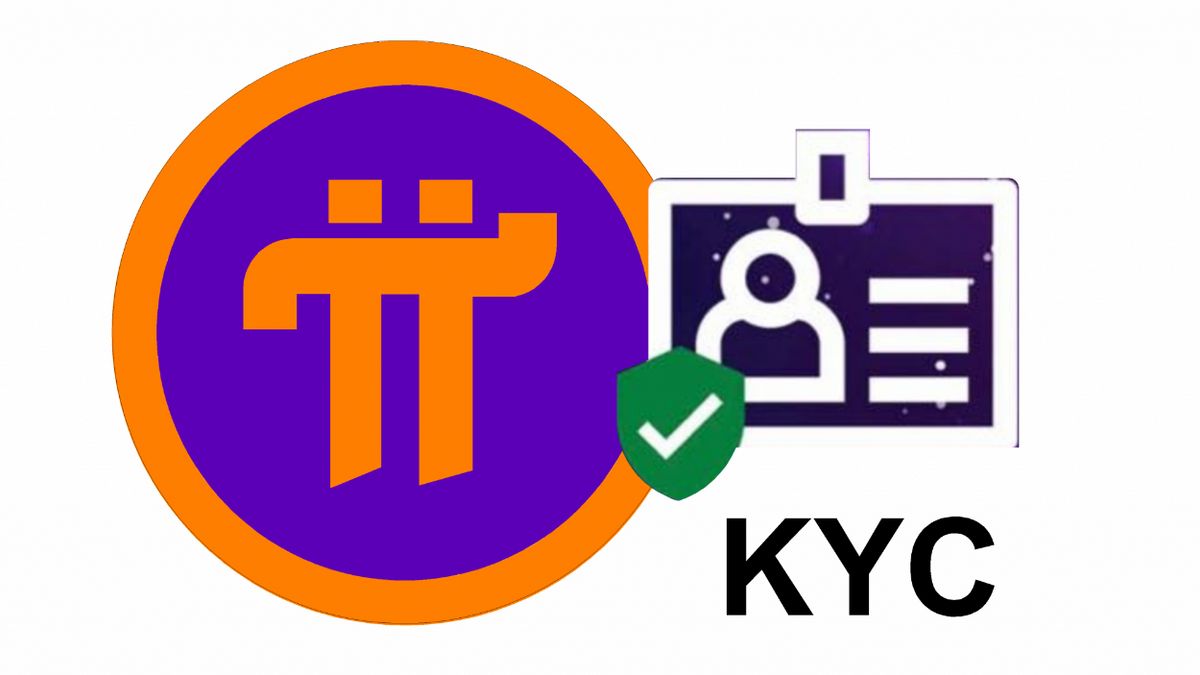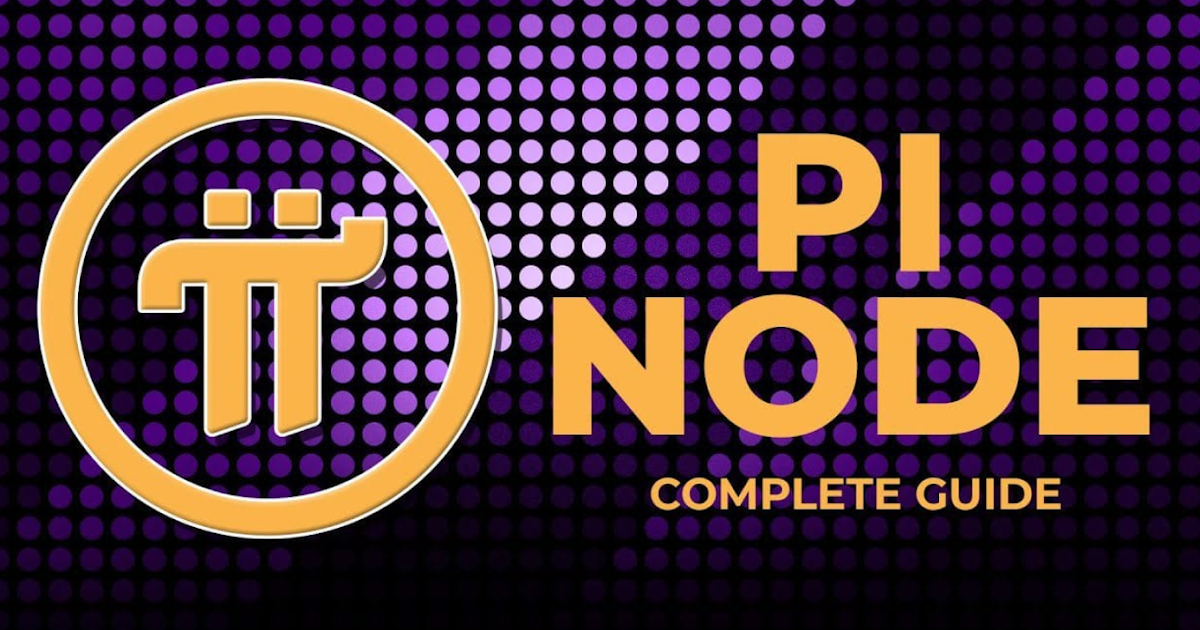What is Pi Network? A Comprehensive Overview
In the evolving world of cryptocurrencies, new projects are constantly emerging, each promising to revolutionize the way we think about digital currencies and blockchain technology. Among these projects, Pi Network has captured significant attention due to its unique approach to mining and its potential to reach mainstream adoption. However, the platform has raised questions among both cryptocurrency enthusiasts and skeptics alike. In this article, we will explore what Pi Network is, how it works, its potential, controversies surrounding it, and the future of this promising cryptocurrency project.
What is Pi Network?
Pi Network is a digital currency and blockchain platform that allows users to mine cryptocurrency using their smartphones. Launched in March 2019 by a group of Stanford PhDs—Dr. Nicolas Kokkalis, Dr. Chengdiao Fan, and Dr. Vincent McPhillip—the project aims to provide a decentralized cryptocurrency that can be mined on mobile devices without draining battery power or consuming excessive resources. The main vision behind Pi Network is to make cryptocurrency accessible to the masses, particularly to those who lack the technical expertise or equipment required for traditional mining processes, such as Bitcoin.
Pi Network operates on a Proof of Stake (PoS) consensus mechanism rather than the energy-intensive Proof of Work (PoW) used by Bitcoin. By leveraging mobile phones, Pi Network enables anyone with a smartphone to mine and participate in the blockchain, even if they don’t have access to expensive mining rigs or powerful hardware.
How Does Pi Network Work?
Pi Network’s core concept revolves around mobile mining, which sets it apart from other cryptocurrency networks. Here’s how it works:
1. Mobile Mining
Unlike traditional cryptocurrencies like Bitcoin, which require specialized hardware (ASIC miners) and massive amounts of energy to mine, Pi Network allows users to mine using their smartphones. The app, which is available for both Android and iOS devices, requires users to install and sign up with their phone numbers. After signing up, users can start mining Pi by simply pressing a button in the app every 24 hours. This process does not drain the phone’s battery or cause excessive power consumption, making it accessible to anyone with a smartphone.
Pi Network’s mining process operates on a Proof of Consensus model, which is distinct from Proof of Work and Proof of Stake. Instead of solving complex mathematical problems like Bitcoin miners, users contribute to the network by validating transactions and engaging in network activities, which is referred to as “mining.”
2. Consensus Algorithm: Proof of Consensus
Pi Network uses a novel Proof of Consensus (PoC) algorithm. This model relies on users to form trust circles with other members of the network. A “trust circle” is a group of users who vouch for one another’s credibility and honesty within the network. These trust circles help secure the blockchain by confirming transactions without requiring intensive computational power. The consensus is reached when a sufficient number of users verify the validity of a transaction, making it more energy-efficient than the traditional Proof of Work model.
3. Stages of Pi Network
Pi Network operates in different stages:
- Phase 1 (Enclosed Network): This phase began when the app was first launched in March 2019. During this phase, Pi Network was not connected to any external exchanges, and the only mining that occurred was internal. Users could mine Pi tokens, but they could not trade or sell them. The purpose of this phase was to grow the community and refine the app.
- Phase 2 (Testnet): In this phase, Pi Network transitioned to a testnet where developers could test the platform’s functionality. Users were allowed to mine and use Pi tokens, but the tokens still could not be traded. However, Pi’s blockchain was operational, and the network started gaining more traction.
- Phase 3 (Mainnet): This is the stage that Pi Network is currently aiming for. During the mainnet phase, Pi will be fully decentralized and operational. Users will be able to trade Pi tokens on exchanges, and the currency will become more widely accepted. However, as of now, Pi Network has not yet fully launched its mainnet, and the cryptocurrency remains in its test phase.
Pi Network’s Key Features
Pi Network brings several innovative features to the table, which include:
1. User-Friendly Interface
The Pi Network app is designed to be simple and intuitive, making it accessible to people who are new to cryptocurrency. The app allows users to start mining immediately after signing up, with little to no prior knowledge of cryptocurrency or blockchain.
2. Low Energy Consumption
Traditional cryptocurrencies like Bitcoin require significant amounts of energy to mine. Pi Network, however, allows users to mine Pi tokens without putting excessive strain on their phones or consuming large amounts of battery power. This makes Pi an attractive option for those who are environmentally conscious or who do not want to invest in expensive hardware.
3. Community-Driven
Pi Network emphasizes the importance of community and decentralization. Users are encouraged to form trust circles, which helps increase the network’s reliability and security. The more trustworthy participants a user has in their trust circle, the higher their mining rate becomes. This feature is aimed at creating a more interconnected and decentralized ecosystem.
4. Accessibility
Pi Network’s ultimate goal is to make cryptocurrency accessible to everyone, regardless of their technical background or economic status. By allowing anyone with a smartphone to participate in the mining process, Pi aims to lower the barrier to entry for individuals in developing countries or those who do not have the means to invest in expensive mining hardware.
Controversies Surrounding Pi Network
While Pi Network has garnered significant attention and has a large user base, it has also faced significant criticism and skepticism from the broader cryptocurrency community.
1. Lack of Transparency
One of the biggest criticisms of Pi Network is the lack of transparency regarding its technical details. Unlike established cryptocurrencies like Bitcoin and Ethereum, Pi Network has not yet opened its code to the public or provided clear, detailed information about its underlying technology. This lack of transparency has led to suspicions about whether the project will ever achieve its ambitious goals.
2. Centralization Concerns
Despite Pi Network’s claims of decentralization, many critics argue that the network is still highly centralized. The network is still controlled by its development team, and the tokens mined by users have no real-world value until the mainnet is fully launched. There are also concerns that the team may have a disproportionate amount of control over the distribution of Pi tokens.
3. No Clear Path to Real-World Use
Another issue with Pi Network is its unclear path to real-world adoption. As of now, Pi tokens cannot be traded or used for purchases, and the network has yet to launch its mainnet. The question remains whether Pi Network can successfully transition from being a mobile mining app to a fully functioning cryptocurrency that has real-world use cases and value.
4. Risk of Being a Scam
Some critics have labeled Pi Network a “pump-and-dump” scheme, with concerns that the project could be a scam. This skepticism arises due to the lack of a clear whitepaper, transparency regarding its blockchain’s inner workings, and the fact that it has not yet launched a fully functional mainnet.
The Future of Pi Network
Despite the criticisms, Pi Network has gained a significant following, with millions of users mining Pi tokens daily. The app’s growth and the sheer size of its user base give it the potential for widespread adoption. If the project can successfully transition to a decentralized mainnet and prove that its tokens have real-world utility, Pi Network could become a significant player in the cryptocurrency market.
In conclusion, Pi Network presents an exciting new concept that democratizes cryptocurrency mining. However, its future depends largely on the successful development and launch of its mainnet, increased transparency, and the establishment of use cases that go beyond simple speculation. Investors and users interested in Pi Network should proceed with caution and remain informed as the project continues to evolve.




